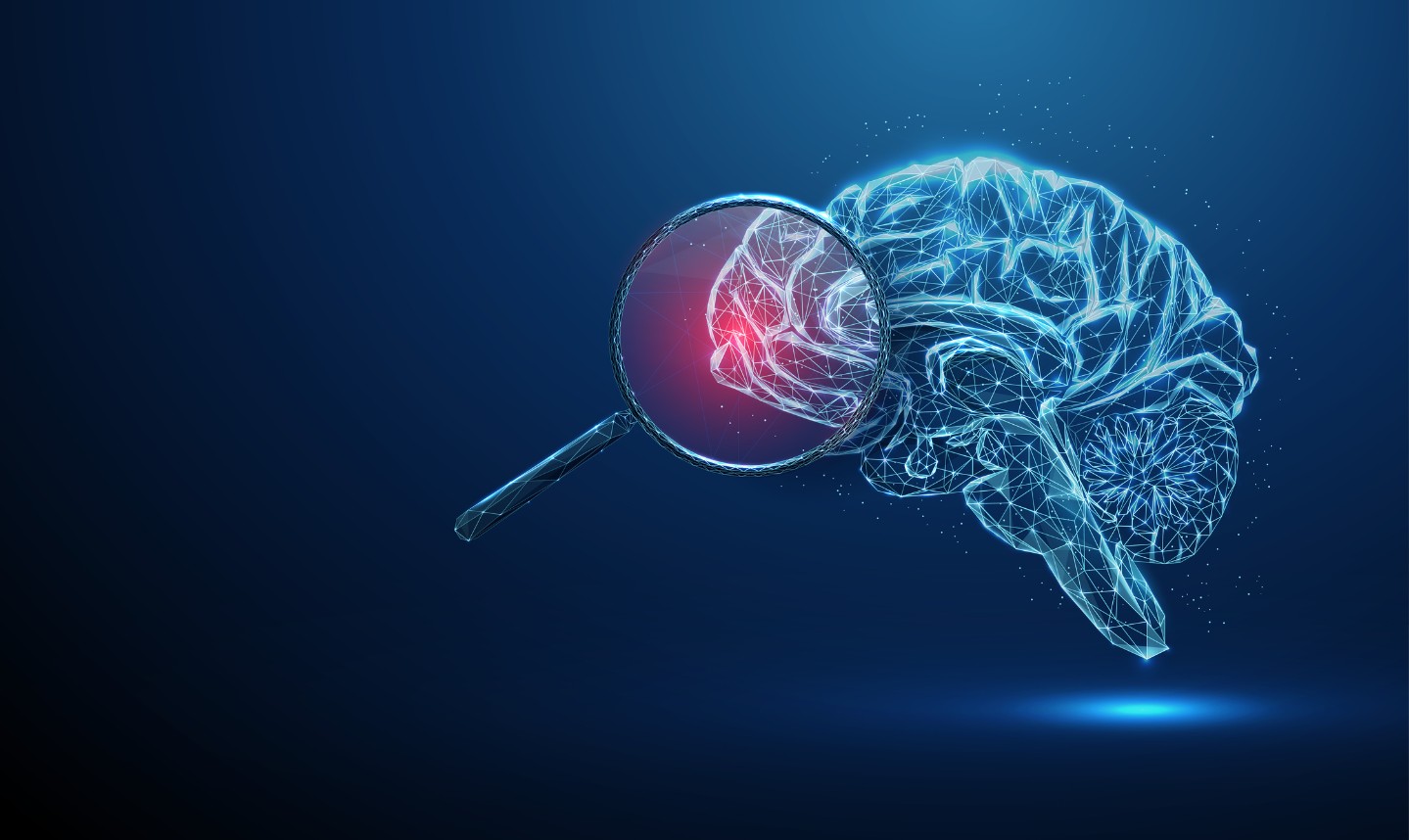Unmasking MS: More Common Than You Think, and Why We Fight So Hard
DEC 03, 2025MS is not rare. It’s estimated that nearly 1 million people in the United States and 2.8 million worldwide live with MS.
Read More
As a neurosurgeon, my days are a blend of precision, critical thinking, and the profound responsibility of caring for the most complex organ in the human body. Among the many conditions I encounter, management of brain aneurysms are particularly challenging. They are a silent threat, a hidden time bomb that can, without warning, unleash devastating consequences.
Today, I want to pull back the curtain and share my perspective on brain aneurysm risk. It’s a topic that often brings fear and uncertainty, but understanding its nuances is the first step towards empowerment.
Imagine a weak spot in the wall of a blood vessel in your brain. Over time, the constant pulsatile pressure of blood can cause this weak spot to bulge outwards, like a miniature balloon. That, in essence, is a brain aneurysm. Most aneurysms are small, asymptomatic, and more common than you would think, with studies suggesting they affect 1-5% of the population. The real danger arises when these aneurysms rupture.
A ruptured aneurysm is a medical emergency of the highest order. The sudden gush of blood into the surrounding brain tissue (a subarachnoid hemorrhage) causes an excruciating headache – often described by patients as "the worst headache of my life." This is immediately followed by a cascade of symptoms: neck stiffness, nausea, vomiting, sensitivity to light, confusion, and even loss of consciousness. The stakes are incredibly high, with a significant risk of severe disability or death.
While we can't always pinpoint an exact cause for every aneurysm, we've identified several key risk factors that can increase the likelihood of developing one, and more importantly, the risk of it rupturing.
This is where the conversation often gets complex. Given that aneurysms are relatively common and most never rupture, we don't advocate for universal screening. The risks and costs of imaging outweigh the benefits for the general population.
However, screening is recommended for individuals with specific risk factors, particularly those with a strong family history (two or more first-degree relatives with a ruptured aneurysm, or even one ruptured aneurysm in a first-degree relative with other risk factors). Patients with PKD are also routinely screened. These screenings typically involve non-invasive imaging techniques like MRA (Magnetic Resonance Angiography) or CTA (CT Angiography) which can visualize brain blood vessels.
If an unruptured aneurysm is discovered incidentally (often during imaging for an unrelated condition), the next step isn't always immediate surgery. My team and I meticulously evaluate several factors:
For small, asymptomatic aneurysms with low-risk features, a "watchful waiting" approach is often adopted, involving regular imaging follow-ups to monitor growth or changes. However, for aneurysms deemed high-risk, or those causing symptoms, treatment options such as microsurgical clipping or endovascular embolization are considered.
While the thought of a brain aneurysm can be daunting, remember this: knowledge is power.
As a neurosurgeon, my goal is to not only treat these complex conditions but also to educate and empower individuals to understand their risk and make informed decisions about their health. By being proactive and understanding the silent threat of brain aneurysms, we can collectively work towards a future with fewer devastating ruptures and more lives saved. Reach out to your provider if you have additional questions.

MS is not rare. It’s estimated that nearly 1 million people in the United States and 2.8 million worldwide live with MS.
Read More
Alzheimer's is a progressive brain disease that slowly destroys memory and thinking skills, and eventually, the ability to carry out the simplest tasks.
Read More
A stroke is a medical emergency and needs quick treatment to help reduce damage to the brain.
Read MoreWhen you need local health information from a trusted source, turn to the CHI Health Better You eNewsletter.